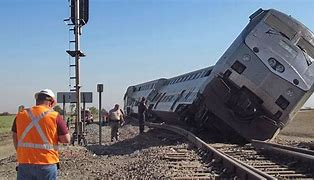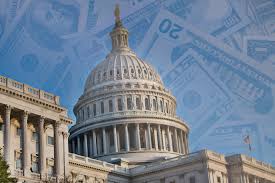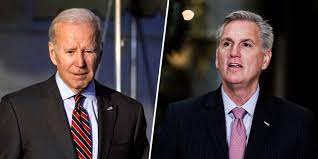The silver lining, if there is one, in a proverbial slow motion train wreck is that the engineer may be able to recognize the disaster in its midst if it is unfolding so slowly, and then, do something to keep the train on the rails and apply the brake and prevent a total calamity.
At the national level, deficit spending is producing mountainous debt, skyrocketing interest cost and corrosive inflation. In Connecticut, plummeting tax revenue, a declining labor force and outmigration spell a return of the permanent fiscal crisis that Governor Lamont has claimed to have ended.














